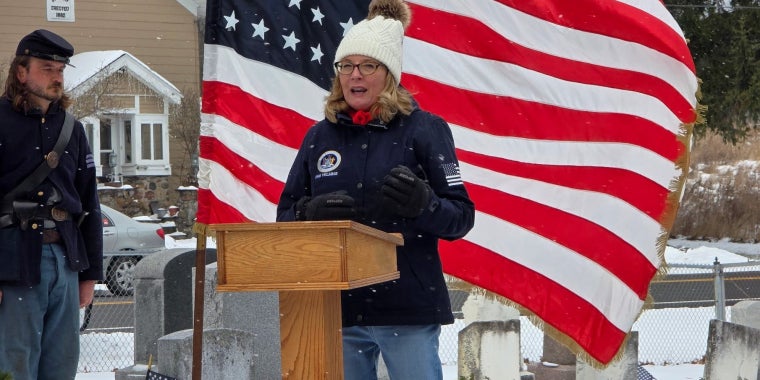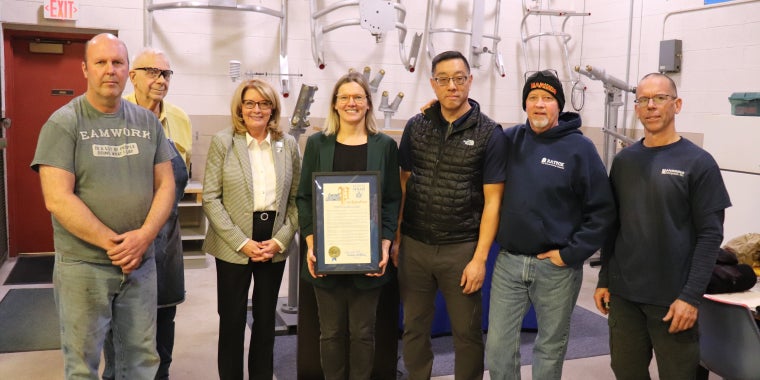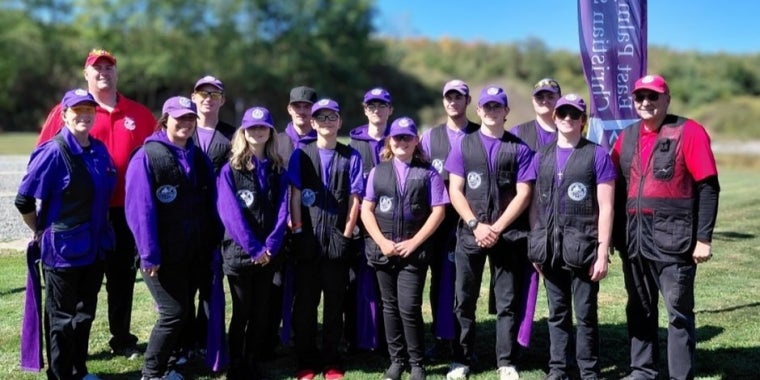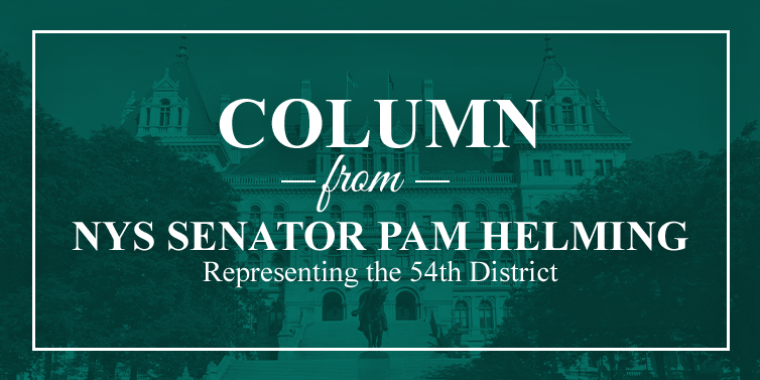
Public Hearing: To identify and determine best practices for combatting the spread of Lyme and tick-borne diseases in New York State
Joint – Senate Task Force on Lyme and Tick-Borne Diseases
Chair: Senator Sue Serino
and Senate Standing Committee on Health
Chair: Senator Kemp Hannon
Public Hearing: To identify and determine best practices for combatting the spread of Lyme and tick-borne diseases in New York State
Place: Van Buren Hearing Room A, Legislative Office Building, 2nd Floor, Albany, New York
Time: 11:00 A.M.
Contact: Kara Cumoletti (518) 455-2945 (Serino); Abigail Dean (518) 455-2200 (Hannon)
Media Contact: Kara Cumoletti (518) 455-2945 (Serino)
ORAL TESTIMONY BY INVITATION ONLY
For over two decades, Lyme and other tick-borne diseases (TBDs) have plagued New York and impacted our residents. In 2012, it was reported that five New York counties ranked highest nationally for the proportion of reported Lyme cases per capita and almost 100,000 cases of Lyme Disease have been reported to the State Department of Health since the disease became reportable in 1986.
The Senate has worked for years to draw much needed attention and resources to this issue. The Task Force on Lyme and Tick-Borne Disease was created in 2013, a report setting forth its findings and recommendations was issued the following year, and the Senate has continually included budgetary funding to draw focus and gather experts in order to advance the fight against ticks and TBDs. However, more is needed from our partners at the State and Federal levels.
While New York has made great strides in its approach to combatting Lyme and TBDs since the first reported case in the 1980’s, information and research continues to evolve. The Hudson Valley and Long Island regions of the state have traditionally been considered the epicenters of Lyme and other TBDs, but recent evidence and the emergence of deadly threats like Powassan in other areas of the state, as well as the discovery of tick related allergies suggest the worsening of these issues despite the implementation of important awareness and prevention initiatives at both the local and state levels.
Given the disproportionate impacts these infections continue to have in our state, as well as the geographic spread of infections within the state, we must ensure the state has a comprehensive response that allows New Yorkers to protect themselves and their families. To that end, the goal of the hearing will be to:
- receive updates from experts on the current status of the epidemic in the state, as well on new strains, infections and pending threats;
- better understand what steps the state can take to adequately address new and continuing challenges infected patients face;
- obtain an accurate picture of the funding needed to expedite research into effective means of awareness, prevention and diagnostics;
- discuss new approaches to combatting an epidemic that has plagued the state for two decades.
Oral testimony will be accepted by invitation only and limited to 10 minutes in duration. Twenty copies of any prepared testimony should be submitted at the hearing registration desk. The Committees would appreciate advance receipt of prepared statements. Written testimony will also be accepted and may be sent to the contact person listed on the reply form. To further publicize the hearing, please inform interested parties of the Committees’ interest in receiving written testimony from all sources.
In order to meet the needs of those who may have a disability, the Legislature, in accordance with its policy of non-discrimination on the basis of disability, as well as the 1990 Americans with Disabilities Act (ADA), has made its facilities and services available to all individuals with disabilities. For individuals with disabilities, accommodations will be provided, upon reasonable request, to afford such individuals access and admission to Legislative facilities and activities.
How a Bill Becomes Law
Learn More-
Senator has new policy idea
-
Idea is drafted into a Bill
-
Bill undergoes committee process
-
Senate and Assembly pass bill
-
Bill is signed by Governor



